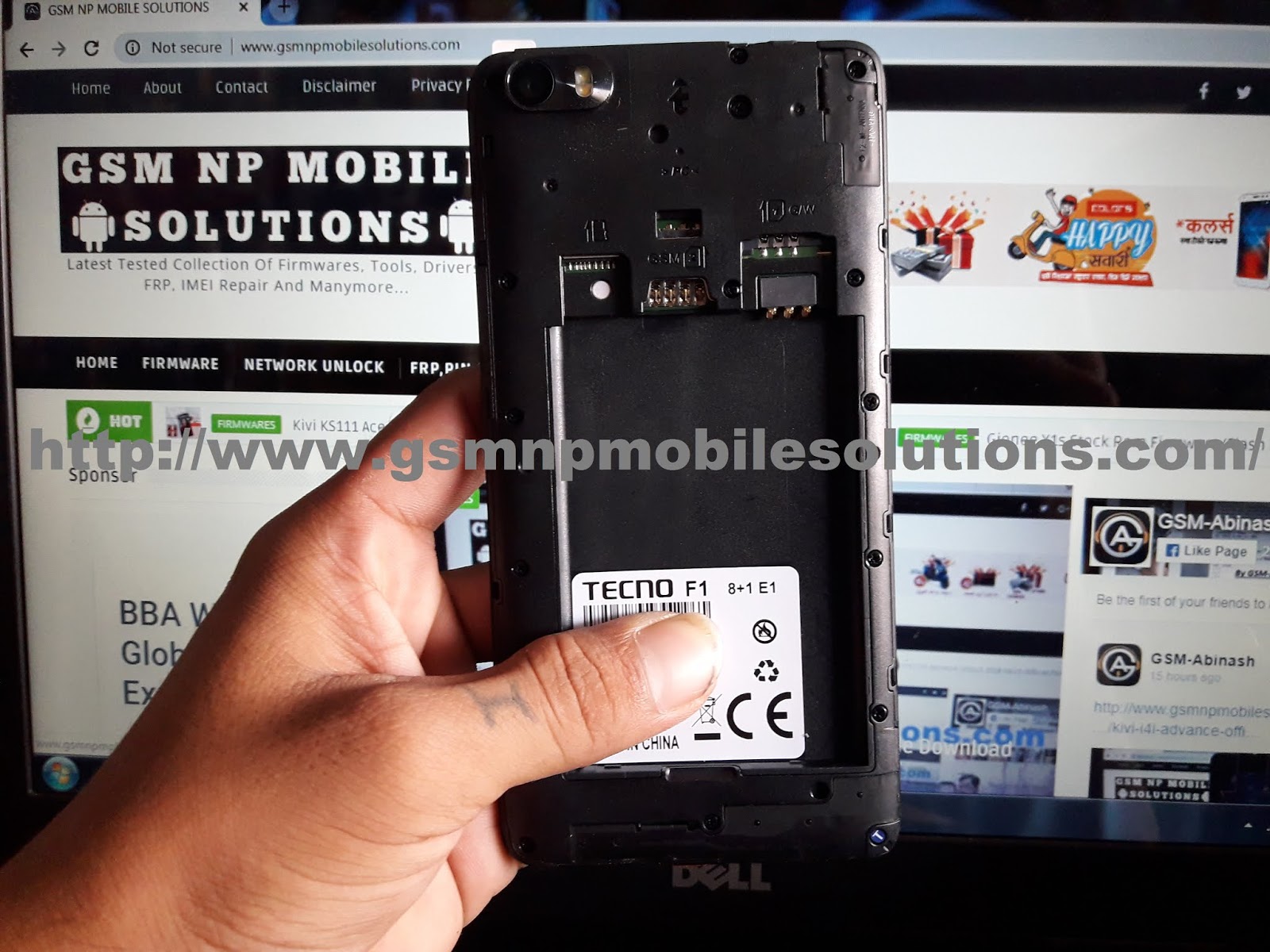Now, the team is happy to announce that official Carbon ROM 7 «Opal» based on Android Pie is now officially rolling out for the initial batch of supported devices. Xiaomi recently announced that it will be shutting its Global Beta ROMs for all devices, with effect from July 1, 2019. Public beta ROMs, though are presumed to be Beta in nature, have been stable enough for a lot of users to use it as a daily driver mainly because of the rather frequent nature of updates. This may also be caused by the post-fs-data.sh script being set to run in the background because of the execution taking to long. Try disabling this option in the script settings and see if that changes anything.
- Android 10 is finally here, and it brings along a lot of goodies that software enthusiasts will appreciate.
- If You own Xiaomi Poco F1 Smartphone and You want to Download the Stock ROM /Flash File/For it then You are on a Correct Place, You have to do this by following the Below Guide.
- Lot of times, we don’t care about good color reproduction as much as we do about fantastic Instagram-ready shots.
- Before heading over to the flashing guide, ensure to check out all the requirements and the download links below.
Since its release in December, the latest iteration of the aftermarket software, LineageOS 20, has steadily expanded its reach. The development team has now added support for four more devices, including the Poco X3, SHIFT SHIFT6mq, Xiaomi Mi 6, and the Mi Mix 2.
Note that the following is possibly not the best way of finding the fingerprint. The main problem is that it might be hard to find the actual, certified fingerprint since there might also be other similar props that aren’t certified. The settings option (-s) can be used even if the module boot scripts did not run. Smartphones are getting smarter by the minute, and as a result, our smartphone usage is ballooning. This spike in smartphone usage has inspired companies to devise newer methods to improve battery backup. While making batteries bigger is the most obvious choice, the bulking it causes to a smartphone is also unavoidable.

Enabling this option will make the module scripts pull the vendor fingerprint on each boot and use this to spoof the device fingerprint. This in turn means you will only have to enable this option once and even if you update your vendor partition the fingerprint used will always be the latest one.
- Please provide the above mentioned files in an archive (zip-file), for simplicity and convenience.
- (for instance, a typical 1hr build time can be reduced to 20min).
- The file will be saved on your internal storage, in the /mhpc directory.
- Now, the maintainers have extended support to several more devices, including the POCO F2 Pro, POCO F3, and the global Exynos edition of the Samsung Galaxy S10.
- I have personally tested almost all the ROMs listed below on my Redmi K20 Pro, Poco F1, and Mi A1.
It’s normally possible to get factory images from Samsung and LG, but you may need to download them from third-party sites. If you downloaded a pre-rooted stock ROM and want to keep it that way, you’re now good to go. If you used a non-rooted ROM and want to get back fully to stock, all you need to do now is re-lock the bootloader. If restoring a Nandroid backup isn’t a viable option, then your next best bet is to flash a stock ROM. This comes with the added inconvenience that you will probably need to perform a factory Stock Firmware reset along the way, so will need to go through the process of backing up and restoring your Android data. There are many reasons you might want to revert your rooted phone back to stock Android. But you also need to do it if you want to install a system update.






